
Metaphors are probably to most challenging for students to understand. Learning figurative language can be especially challenging for striving readers. It’s abstract, and for many children, they haven’t met the abstract thinking stage.
For concrete thinkers, breaking figurative language down and explaining the meaning helps. In this post, I want to share one of my favorite authors for modeling metaphors, a type of figurative language. She’s a fairly new author, and I was lucky enough to meet her in person on a school visit. Her name is Julia Cook!
Using My Mouth is a Volcano to Model Metaphors
Julia came to visit our school last year, and my daughter and I thoroughly enjoyed hearing her stories and where the ideas came from. In her past experience, she was an elementary guidance counselor who enjoyed writing and discovered she had a talent for it. She also realized that there were not many books available to address counseling needs such as school anxiety, testing trauma, bullying, staying on task, sharing, teasing, and other social skills.
Fast forward to today, and you can now visit her website {here}. She also has a Facebook page and she’s published 37 picture books and 11 activity books (and some come in Spanish too). I chose to focus my post on this gem since it’s filled with metaphor.
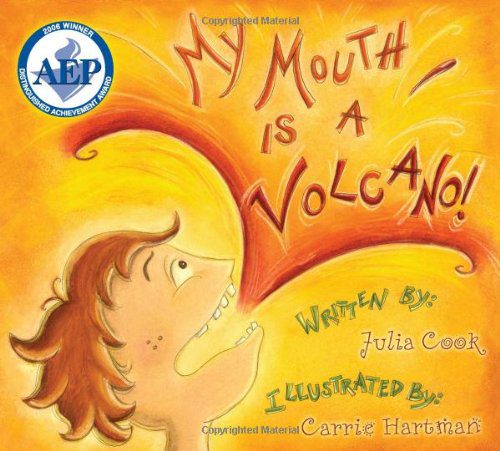
Examples from the Book
Recognizing, understanding and using metaphors in written work is quite the process as figurative language is abstract. So many of my students struggle with thinking abstractly, so they “don’t get” idioms and metaphors in particular. Just look at the title. Right off the bat we have a metaphor, and don’t you feel that way sometimes? I know I do. Look at how the words erupt from the mouth! The illustrations work so well to model the meaning behind the words too.
The story opens with another metaphor comparing the mouth to a volcano. Here’s what Julia writes,
“My name is Louis. People say I erupt a lot. I don’t think I do…I have a lot to say, and all of my words are *very* important to me.”

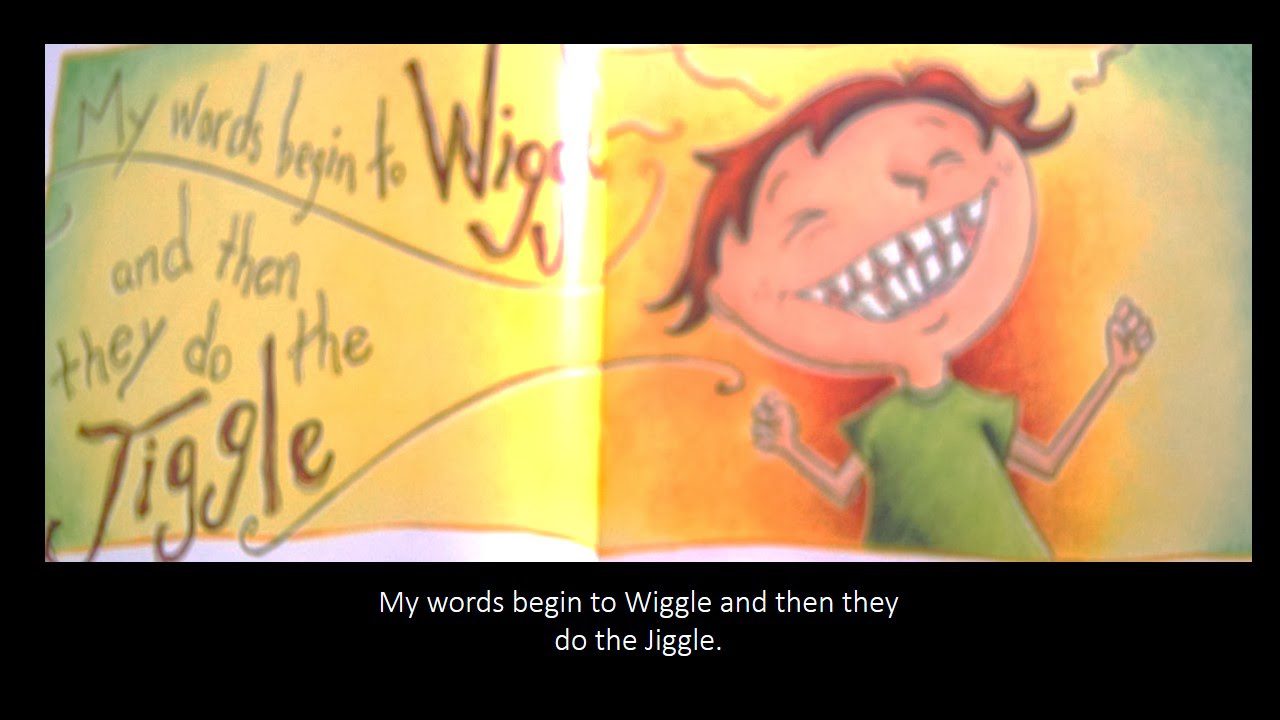
Analyzing Metaphors with Examples
When using this book, I’d suggest having students identify story examples, analyze how they are written, and explain what they mean in a graphic organizer like this. ( I made the organizer in a way that it can be used for other types of figurative language, so hopefully my readers can grab the other books included for additional figurative language lessons.) Prior to working with the book, teachers will need to model and practice identifying different types of figurative language (similes, metaphors, idioms, alliteration, and personification to name a few). I think this would work well both in small groups or pairs and independently with additional books.
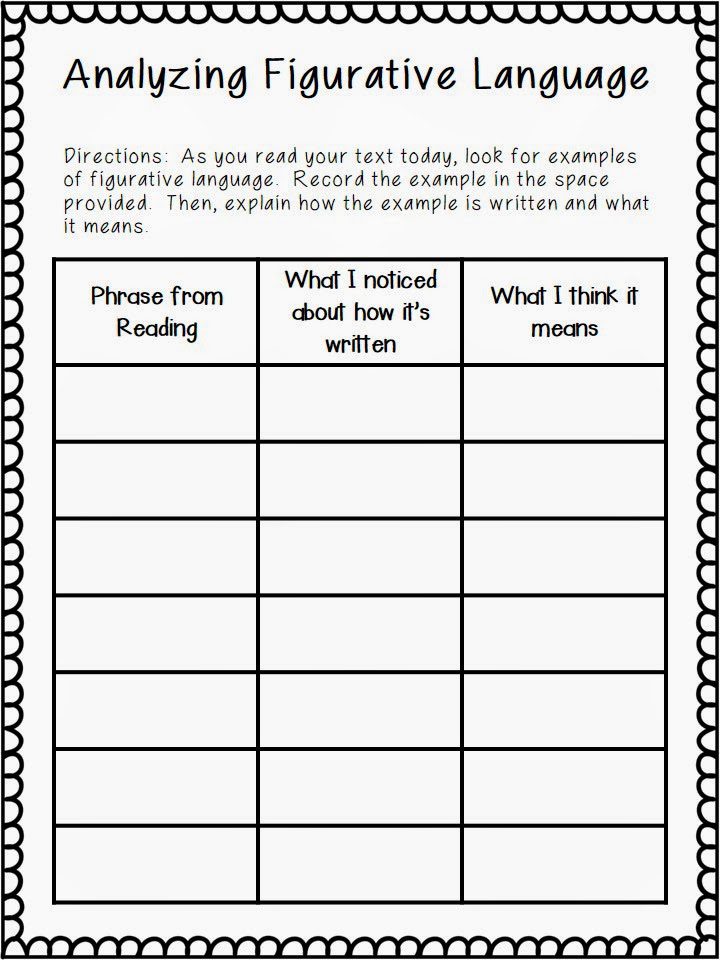
Writing Metaphors
Writing metaphors is another huge challenge that will take practice. The gradual release model is certainly the way to go. Teachers can show students how to write simple metaphors using is or was to compare two unlike objects plus description explaining the relationship and metaphors with specific action words like Julia did as she carefully chose her verbs (erupt, giggle, and grumble). Anchor charts like this one from Tiffany Vargas could provide an illustration of how objects are compared and how specific language is used.

Related Books by Julia Cook
Before I close, I thought I’d share a few of Julia’s other books. You’ll see from the titles how she cleverly plays with words. They’re all very kid friendly and engaging.

other posts you’ll like:
- 20+ WAYS TO KEEP VOCABULARY FRESH AND FUN
- 10 WAYS TO EMBED VOCABULARY INSTRUCTION INTO EVERY LESSON
- EASY TO USE VOCABULARY IDEAS FOR ANY LESSON
Have a great week readers, and until next time…happy reading!

PIN FOR LATER:

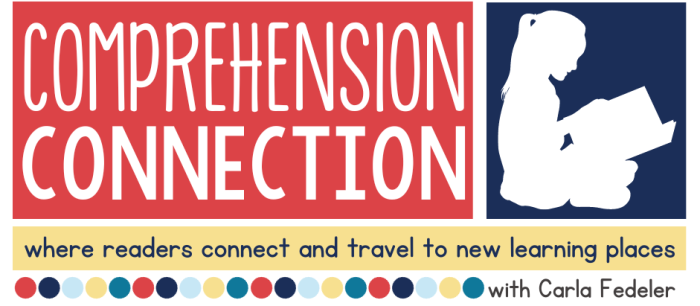








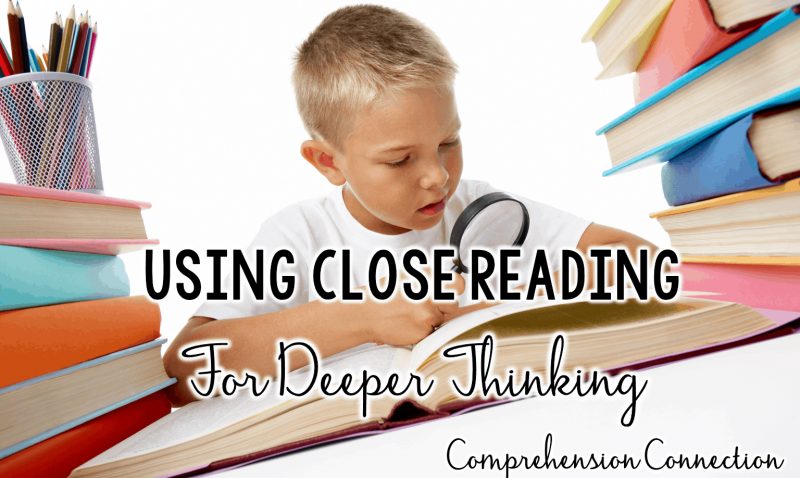


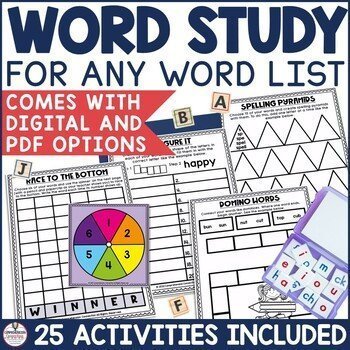
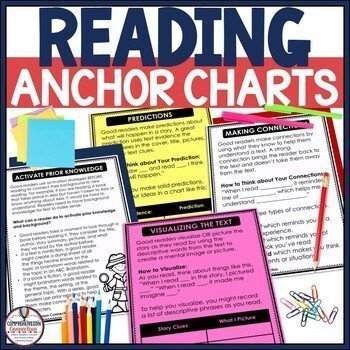
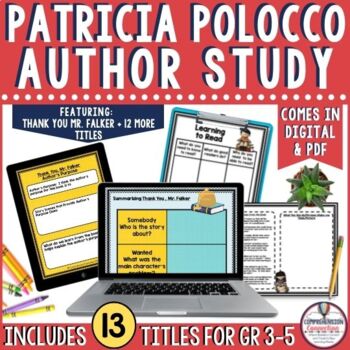
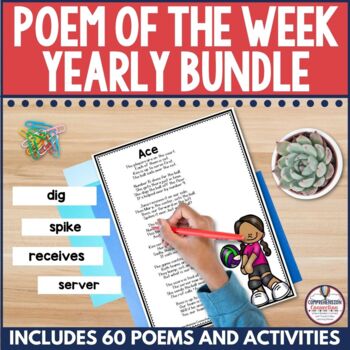

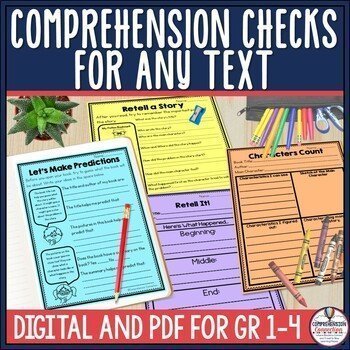
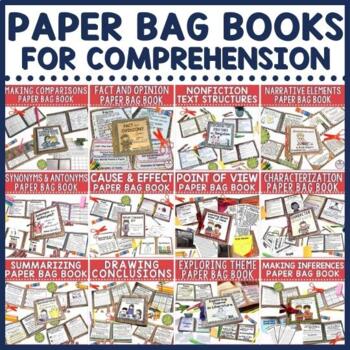
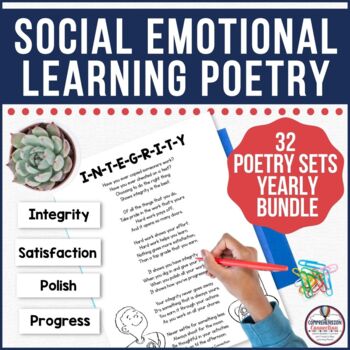


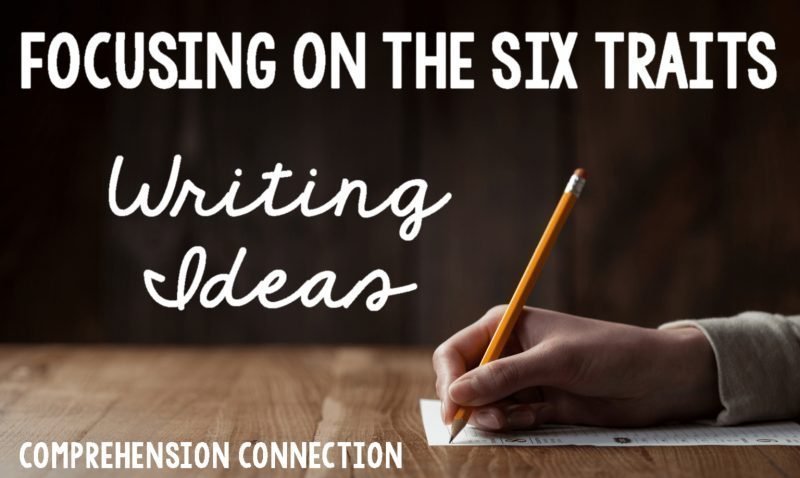



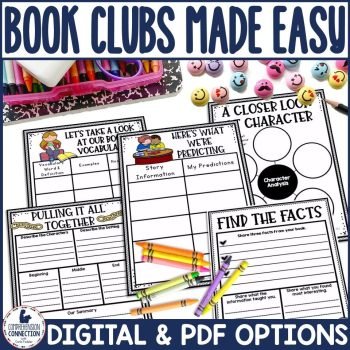

10 Responses
Oh my gosh, I have heard so much about My Mouth Is a Volcano and A Bad Case of Tattle Tongue. They are all over Pinterest! I visited Julia's web page and 'liked' her on Facebook. Now I'm off to purchase These two books and…Wilma Jean Worry Machine. This was an awesome post! Thanks for the graphic organizer as well…you rock!
Wendy
http://readwithmeabc.blogspot.com/2014/02/figurative-language.html
She was a great presenter if you happen to have another school you could share the expense. She was at our school for two full days, and she actually returned to another school this fall. Highly recommend!
I had not heard of Julia's books, but am pinning this post to share with my school librarian so that we can purchase some from her collection! Thank you so much for sharing!
If funds are available and you're interested in having an author come, I'd highly recommend her. I talked to my friend last night that is working with her, and I learned she'll be returning in March to my community. I plan to attend, take pictures, and do a follow up post. That should be fun!
I think I need to get this book for my son! 🙂 What a cute book! I will definitely be looking into this author!
Krista
Teaching Momster
I love Wilma Jean the Worry Machine and Cliques Make No Cents too. They are all just wonderful to illustrate so many writing traits.
Carla, such a great choice of books to feature for this topic. I love My Mouth is a Volcano!
Sebrina
Burke's Special Kids
WOW! Julia Cook has written way more books than I though. I love how you explained teaching metaphors. This can be a bit challenging. Your chart looks great. Thanks for linking your terrific post this week!
Emily, TRT/OG
I think several of her books would work well for figurative language. I am going to go through the others I bought and perhaps do a follow up. She's returning to Lynchburg in early March.
Thanks for hosting,Em! I enjoyed your post too.